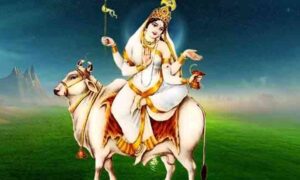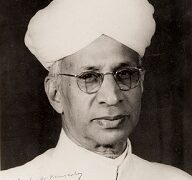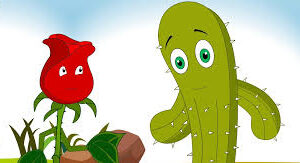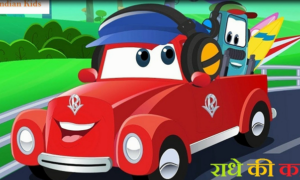Durga Pooja, also called Durgotsava, is an annual Hindu festival which reveres and pays homage to the Hindu goddess, Durga. Navratri is a celebration of good over evil and each day is celebrated to mark the nine avatars of Goddess Durga.
Story Behind Navaratri:
The story associated with Navaratri is the battle that occurred between Goddess Durga and the demon Mahishasura. Mahishasura had been granted immortality by Lord Brahma and had been told that he could only be defeated by a woman. He attacked Trilok (Earth, Heaven and Hell), and the Gods were not being able to defeat him.
Finally Lord Brahma, Lord Vishnu and Lord Shiva together created Goddess Durga, who finally defeated Mahishasura. She fought with him for 15 days, and the demon kept changing his form. Mahishasura would take various forms to confuse Goddess Durga. Finally, when he turned into a buffalo is when Goddess Durga killed him with her trishul. It is on the day of Mahalaya that Mahishasura was killed.
Each day of Navaratri has a separate color attached to it. The word Navaratri is derived from Sanskrit, meaning nine nights – nava (nine) ratri (night). On each day a different form of Goddess Durga is worshiped.
They are
- Goddess Shailputri (Day 1),
- Goddess Brahmacharini (Day 2),
- Goddess Chandraghanta (Day 3),
- Goddess Kushmanda (Day 4),
- Goddess Skandamata (Day 5),
- Goddess Katyayani (Day 6),
- Goddess Kaalratri (Day 7),
- Goddess Mahagauri (Day 8) and
- Goddess Siddhidatri (Day 9).
Sharada Navaratri
Sharada Navaratri is named after Sharada which means autumn. It commences on the first day (pratipada) of the bright fortnight of the lunar month of Ashvini.[12] The festival is celebrated for nine nights once every year during this month, which typically falls in the Gregorian months of September and October.
Chaitra Navaratri
Chaitra Navaratri is named after vasanta which means spring. It is observed during the lunar month of Chaitra (March–April). In many regions, the festival falls after spring harvest, and in others, during harvest. It also marks the first day of the Hindu lunisolar calendar, also known as the Hindu Lunar New Year, according to the Vikram Samvat calendar.











